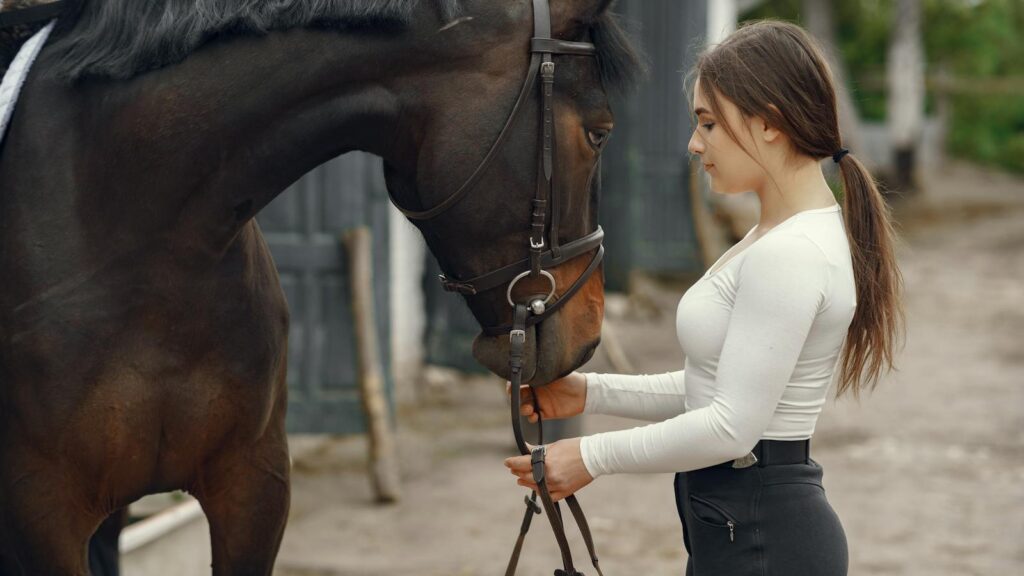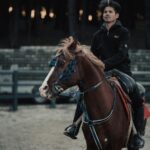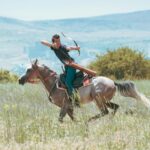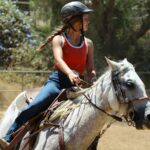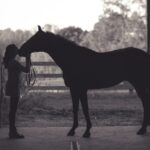Teaching your horse to bow or lie down on command is not just an impressive trick—it’s a testament to the trust and connection you’ve developed with your equine partner. These advanced behaviors demonstrate your horse’s comfort with vulnerability and their willingness to follow your guidance even in positions that instinctively make them feel unsafe. Whether you’re interested in liberty training, want to enhance your performance routines, or simply wish to deepen your bond with your horse, these skills offer significant benefits. However, they require patience, consistency, and a foundation of mutual respect. Let’s explore how to safely and effectively teach your horse these remarkable behaviors.
Understanding the Natural Behavior of Horses
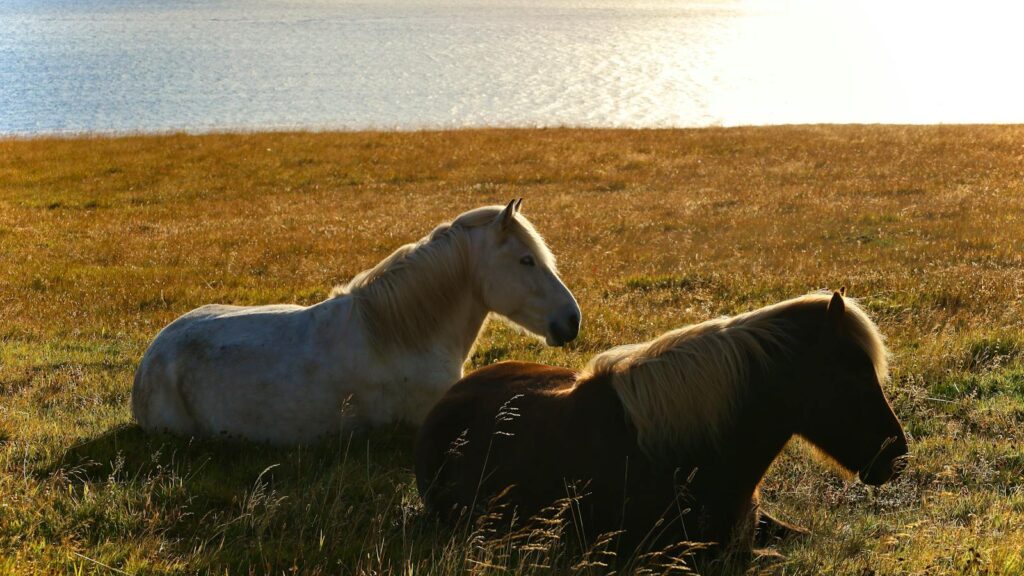
Horses are prey animals that rely on their ability to flee quickly when threatened, making lying down a naturally vulnerable position. In the wild, horses only lie down when they feel completely safe, as this position leaves them temporarily unable to escape predators. When teaching a horse to bow or lie down on command, we’re essentially asking them to override their instinctual caution and trust us completely. This is why these tricks aren’t just about physical training—they require a strong foundation of trust. Understanding this perspective helps us approach the training process with appropriate patience and sensitivity to the horse’s natural concerns.
Prerequisites Before Beginning Training
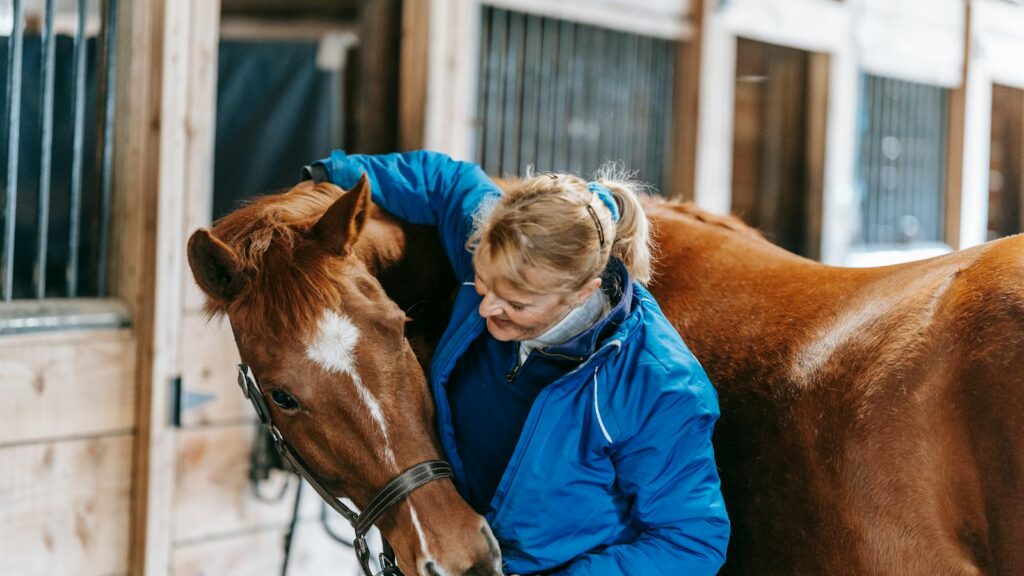
Before attempting to teach your horse to bow or lie down, several foundational elements must be in place. First, your horse should be comfortable with basic groundwork commands and responsive to subtle cues. They should respect your personal space and demonstrate calmness when handled in various situations. A solid foundation in yielding to pressure is particularly important, as many bowing and lying down techniques rely on this concept. Additionally, your horse should be physically sound with no issues that could make these movements uncomfortable or dangerous. It’s also valuable to have established a trusting relationship where your horse feels secure in your presence and confident following your direction.
Creating the Right Training Environment
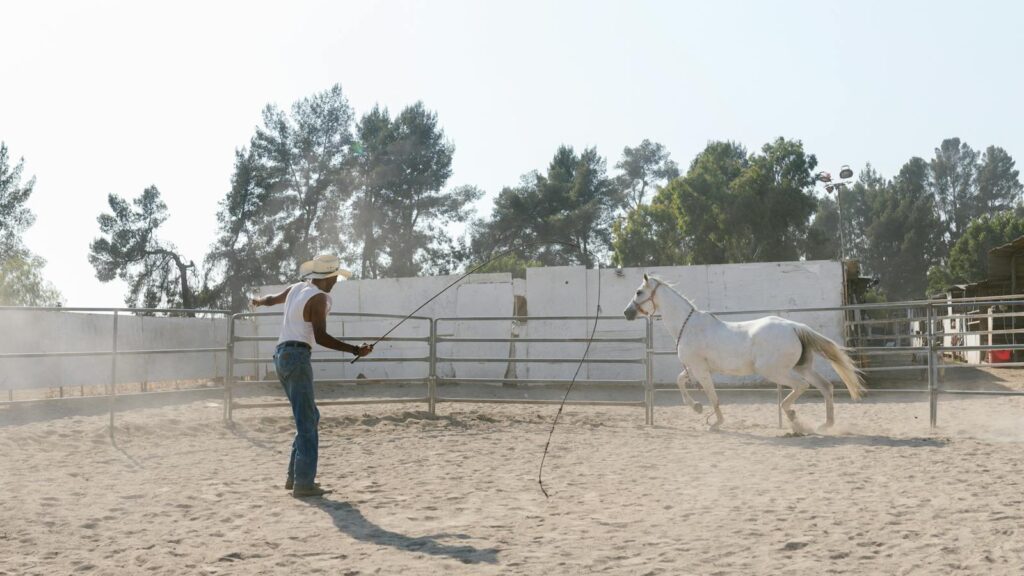
The training environment plays a crucial role in successfully teaching these advanced behaviors. Choose a quiet, enclosed area with soft, level footing that will be comfortable for your horse when lowering themselves to the ground. Deep sand or well-bedded stalls provide excellent cushioning that encourages horses to feel secure when lowering their body. Ensure the space is free from distractions and has enough room for your horse to move comfortably without feeling claustrophobic. Initially, train during quiet times of day when your horse is relaxed but not tired. Some trainers prefer to begin these lessons after a light riding session when the horse is mentally focused but not overly energetic.
Equipment Needed for Training
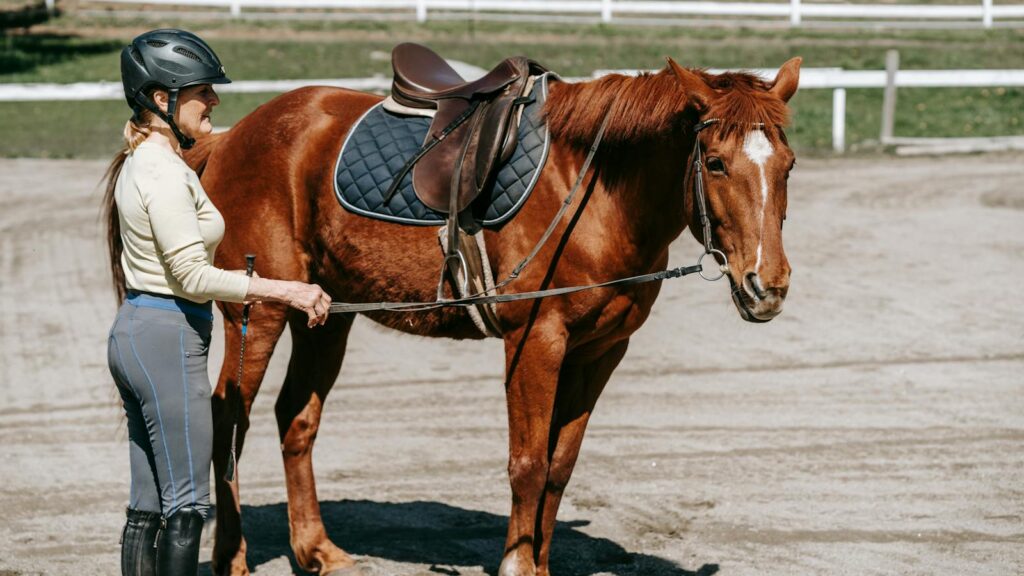
The beauty of teaching the bow or lie down is that minimal equipment is required, emphasizing the importance of communication rather than tools. At a minimum, you’ll need a well-fitted halter and lead rope for basic control. Many trainers prefer using a rope halter as it allows for clearer pressure signals. For the bow, some trainers use a whip or training stick as an extension of their arm to provide directional cues, though this is optional. When teaching the horse to lie down, knee protection for the handler is recommended as you may need to kneel alongside your horse. Some trainers also use a soft longe line to create a leg cue for the lying down behavior. Regardless of approach, prioritize safety—avoid using hobbles or forceful equipment that could frighten or injure your horse.
Starting with the Bow: Foundation Steps

Teaching a horse to bow begins with helping them understand the motion of stretching one front leg forward while shifting weight to the rear. Start by teaching your horse to pick up and hold a front foot when asked. Once this is reliable, begin asking for the foot to stretch forward slightly before being placed down. Gradually shape this behavior by rewarding progressively longer stretches forward. Next, introduce the concept of weight shifting by applying gentle backward pressure on the halter while asking for the forefoot to stretch forward. The goal is for your horse to learn to balance with their weight shifted back while one front leg extends. Practice in multiple short sessions rather than one long session, always ending on a positive note with your horse demonstrating some degree of success.
Teaching the Bow Position
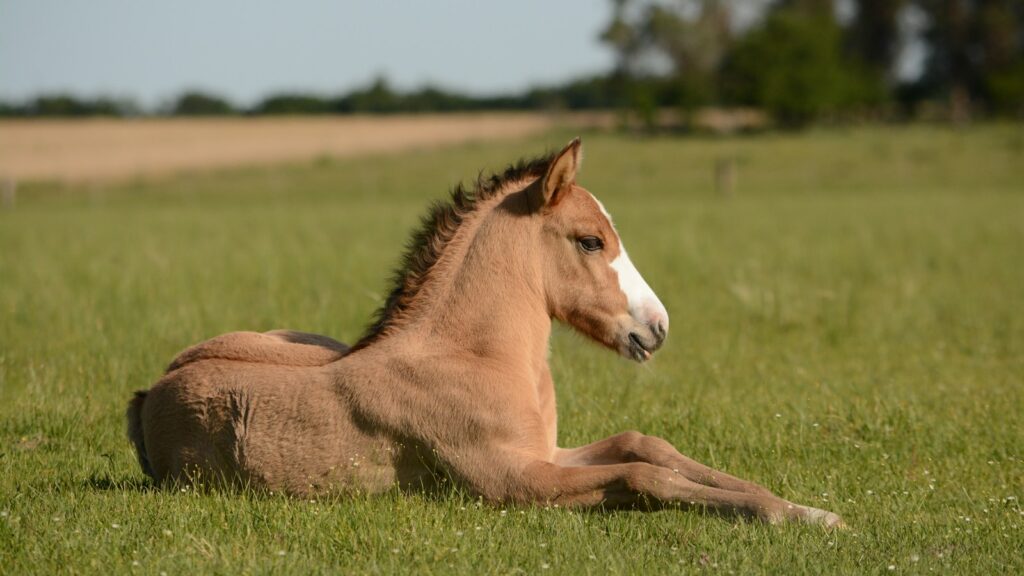
Once your horse understands the foundation steps, you can begin shaping the actual bow position. Standing at your horse’s shoulder, ask for the nearest front leg to lift, then cue them to extend it forward. As they do this, apply gentle backward pressure on the halter while simultaneously using a treat or target to encourage them to lower their head toward their extended leg. The position should resemble a curtsy or genuflect—one leg extended forward, head lowered, with weight shifted to the hindquarters. When your horse offers even a slight bow, immediately release pressure and reward them. With each session, request a slightly deeper bow, always being careful not to rush or pressure your horse. Remember that balance is challenging for horses in this position, so progress gradually and allow them to build the necessary muscle memory.
Adding the Command Cue for Bowing
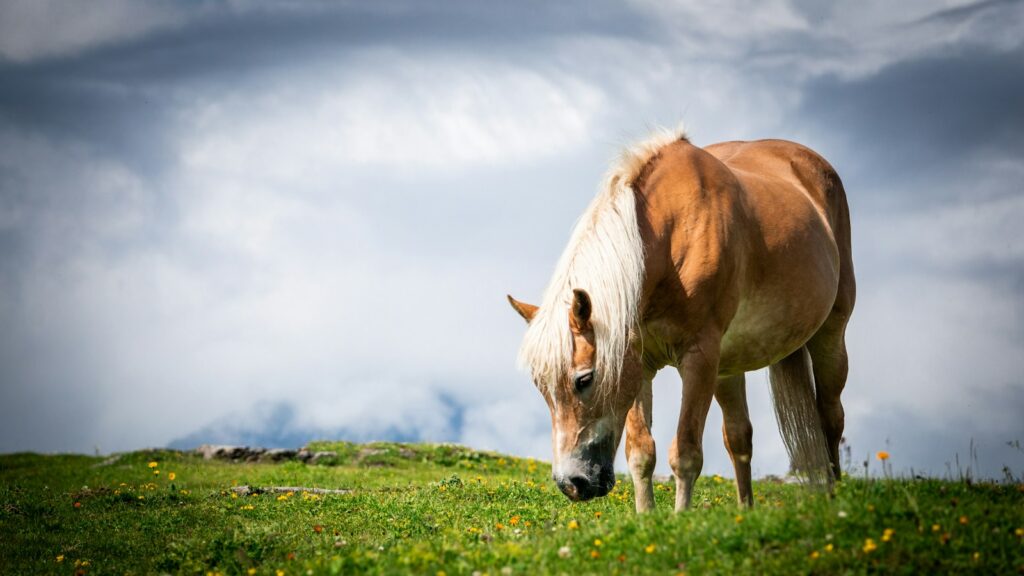
Introducing a specific command cue for bowing should happen once your horse begins to understand the physical motion. Choose a clear verbal cue, like “bow” or “curtsy,” that you’ll use consistently. Present this cue immediately before your physical prompt, creating an association between the word and the action. Consistency is crucial—use the exact same words, in the same tone, each time you request the behavior. As your horse becomes more familiar with the motion, gradually reduce your physical prompts while maintaining the verbal cue. Your goal is for the horse to begin moving into position upon hearing the command, with minimal or no physical guidance. Remember to reward immediately when your horse responds correctly to the verbal cue, strengthening the association between command and action.
Teaching Your Horse to Lie Down: Building Trust
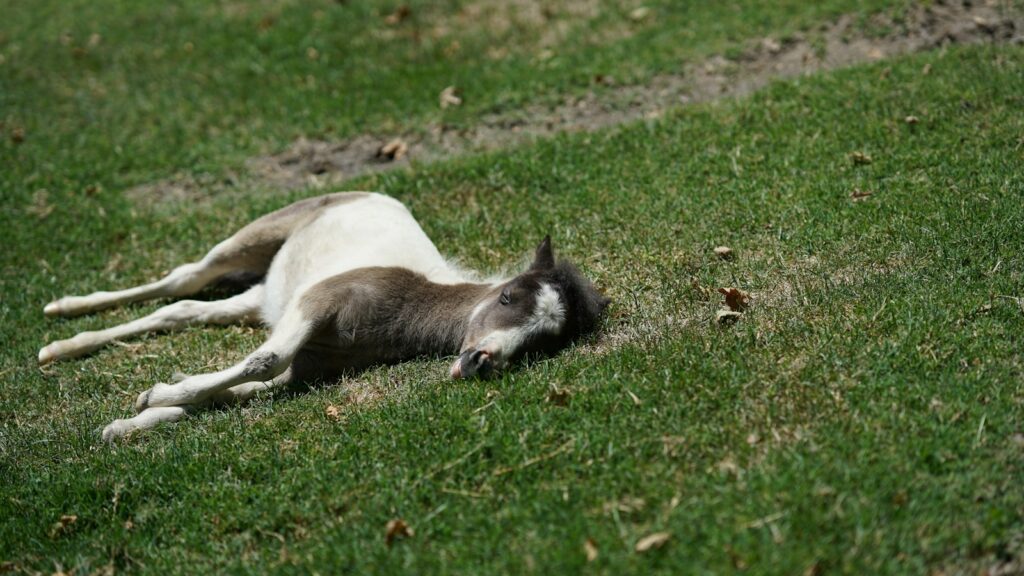
Teaching a horse to lie down requires exceptional trust, as it places them in their most vulnerable position. Begin by getting your horse comfortable with you handling their legs and encouraging them to relax in your presence. Spend time rubbing their legs, belly, and other areas they’ll need to release tension from when lying down. Practice having them yield to pressure by asking them to lift each foot and hold it up for increasing periods. Some trainers find success in teaching horses to lie down by first introducing them to the joys of rolling—bringing them to a sandy area after exercise and encouraging natural rolling behavior. This helps them associate the ground with positive experiences rather than vulnerability.
Methods for Teaching the Lie Down Behavior
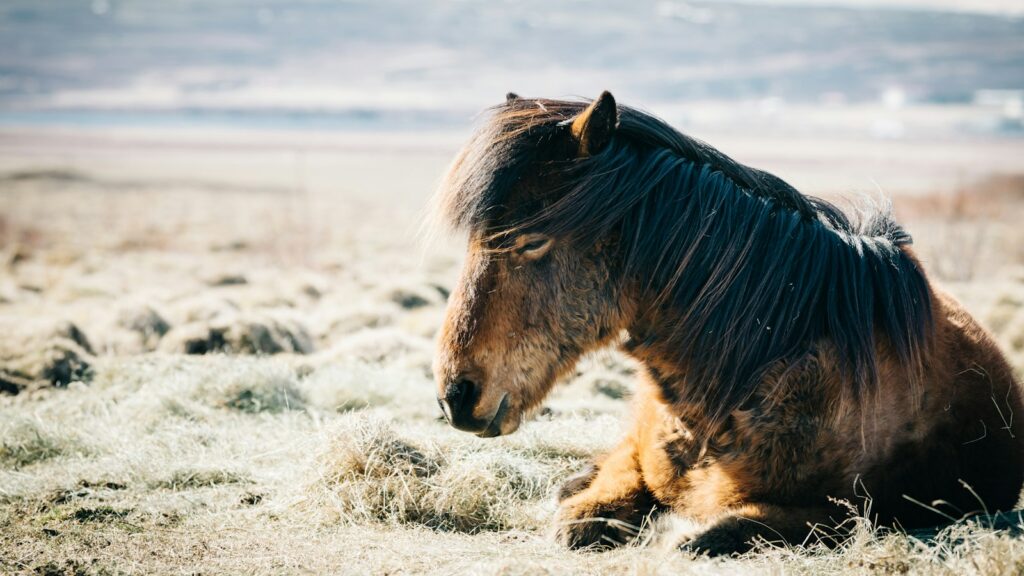
Several methods exist for teaching a horse to lie down, with the most common being the leg restraint approach and the pressure-release approach. The leg restraint method involves lifting one front leg and applying gentle backward pressure until the horse shifts weight and gradually lowers to their knees, then all the way down. This requires careful timing and release of pressure to reward incremental progress. The pressure-release approach uses subtle pressure on the poll and withers while encouraging the horse to bend their head toward their flank, naturally causing them to lower. Some trainers prefer liberty-based methods where they simply encourage and capture natural lying down behavior. Regardless of the method, the key principles remain the same: clear communication, immediate release of pressure when the horse moves in the right direction, and patience throughout the process.
Refining the Lie Down Behavior
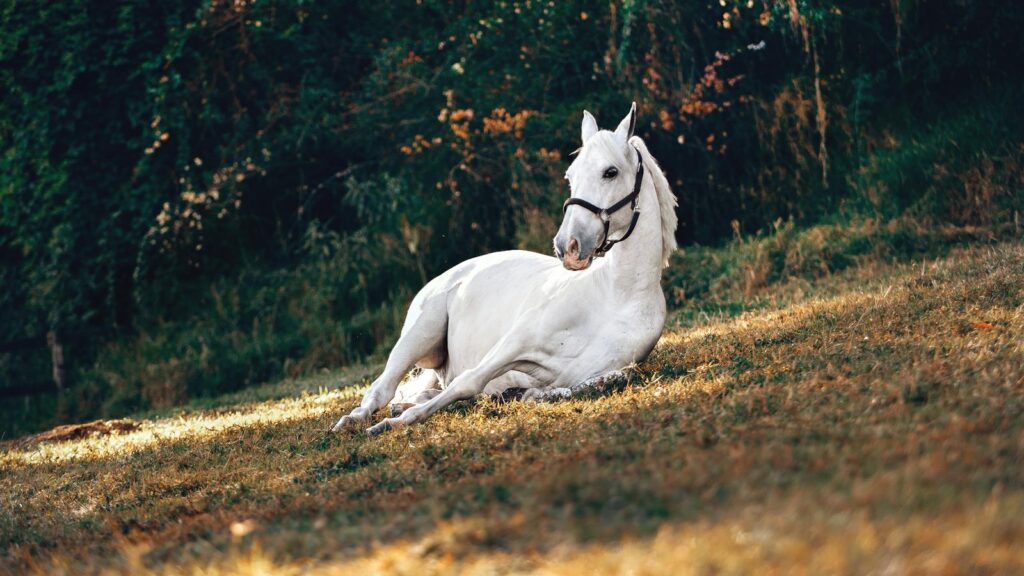
Once your horse understands how to lie down with your guidance, begin refining the behavior to achieve consistency and responsiveness to commands. Practice asking for the behavior in different areas of your training space, gradually introducing slight environmental variations to ensure the response doesn’t become location-specific. Add duration to the behavior by asking your horse to remain lying down for progressively longer periods, always staying within their comfort zone. Work on your release cue that tells the horse when they can get back up—this is as important as the lie down cue itself. Eventually, you’ll want to eliminate any physical support, with your horse lying down completely independently in response to your verbal or subtle physical cues.
Troubleshooting Common Challenges
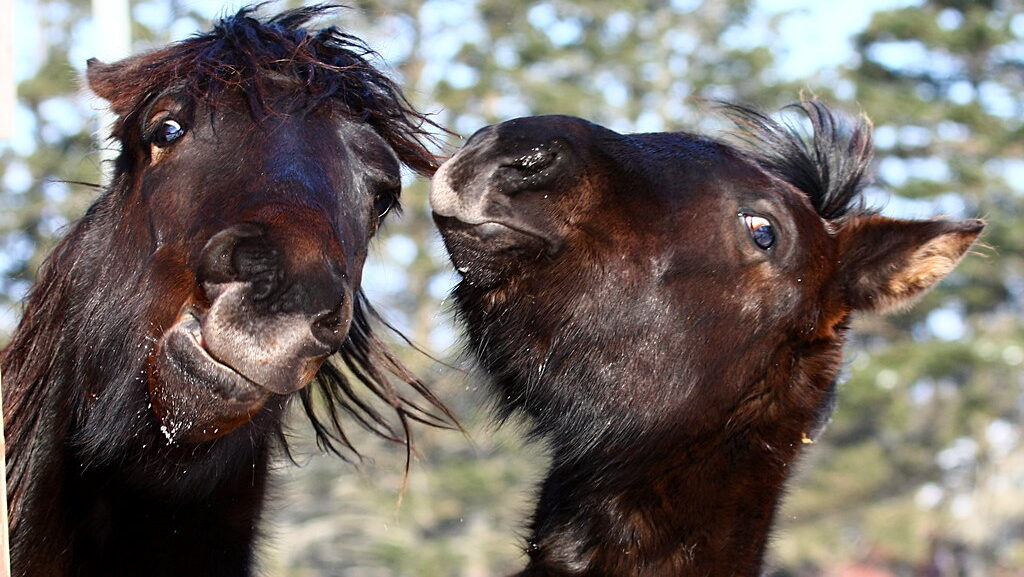
Most horses encounter some challenges when learning to bow or lie down. If your horse seems fearful or resistant, return to more basic trust-building exercises and progress more slowly. For horses that rush through the behaviors without proper form, break the sequence into smaller components and reward precise execution of each step. If your horse becomes frustrated or stressed during training sessions, immediately simplify your requests or end the session positively with a familiar task they can succeed at. Some horses struggle with balance when learning to bow—supporting them lightly can help build confidence. For the lying down behavior, horses with arthritis or joint issues may need modified approaches or may not be suitable candidates for this trick. Always prioritize your horse’s physical and emotional comfort over achieving the behavior.
Safety Considerations and Precautions
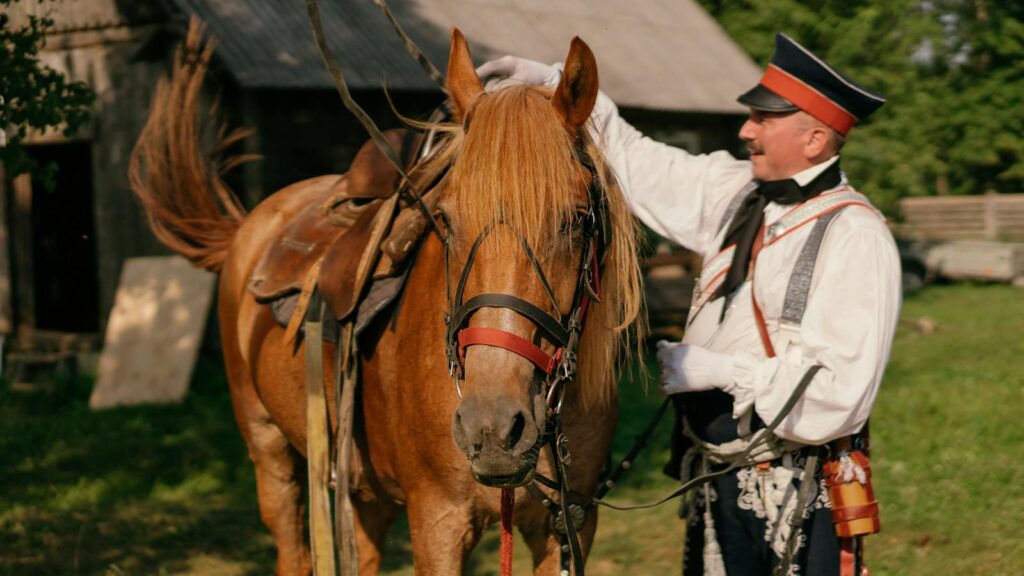
Safety must remain paramount when teaching these advanced behaviors. Never tie your horse during these training sessions—they need freedom of movement to maintain balance and prevent panic. Always work in an enclosed area with appropriate footing that provides cushioning and traction. Be especially careful with the lying down behavior, as horses can move suddenly when rising and potentially injure handlers standing too close. Monitor your horse for signs of physical discomfort or excessive stress, which could indicate the need to modify your approach. Avoid practicing these behaviors when your horse is excited or in new environments until the commands are thoroughly established. If working with young or untrained horses, consider having an experienced trainer present to guide the process safely.
Progressing to Performance and Practical Applications
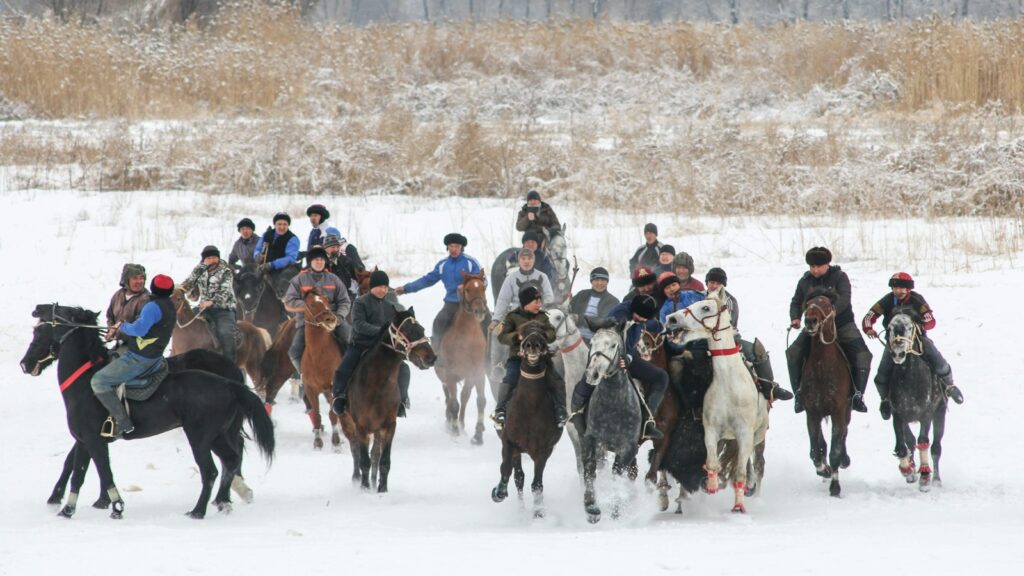
Once your horse reliably performs the bow or lie down on command, you can explore various practical applications for these skills. Liberty performances can be enhanced by incorporating these movements into choreographed routines. For trail riders, teaching your horse to lie down can have practical benefits—making mounting easier for riders with mobility issues or facilitating emergency dismounts in difficult terrain. Some trainers incorporate the bow into their greeting rituals with horses, creating a unique bonding moment. The lying down behavior can also be useful for certain veterinary procedures or for ground-tying training. Whatever your goals, continue maintaining these skills with regular practice, even after they’ve been fully established, to ensure they remain sharp and reliable.
Maintaining and Advancing Your Skills
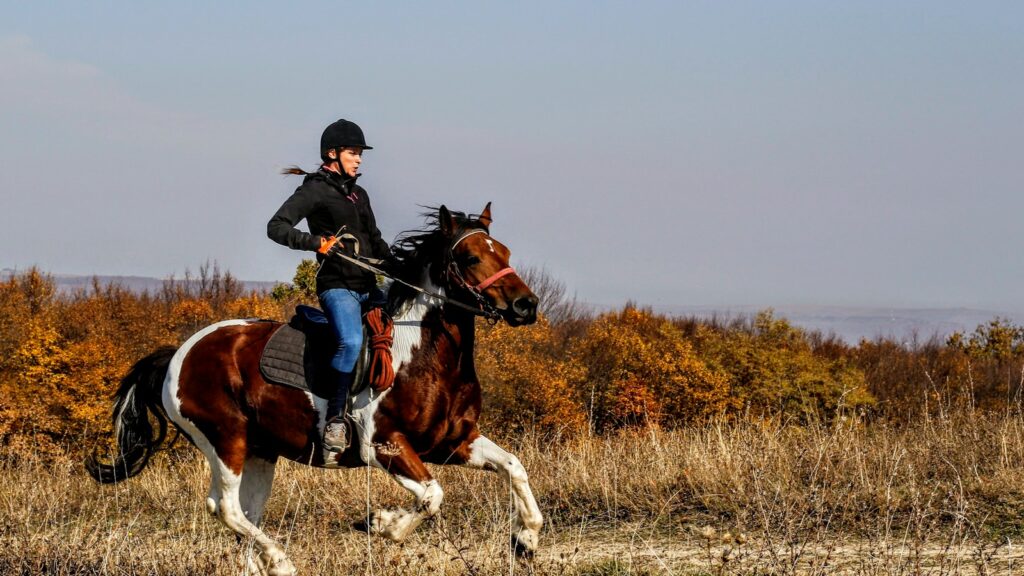
Like any trained behavior, bowing and lying down require ongoing maintenance to remain sharp. Schedule regular practice sessions, but keep them brief and positive to maintain your horse’s enthusiasm. Once the behaviors are solid, practice them in progressively more challenging environments to ensure generalization. Many trainers eventually pair these skills with other behaviors—perhaps teaching the horse to lie down and then roll over, or to bow and then walk forward while maintaining the bow. Some advanced performers teach their horses to bow or lie down from the saddle rather than just from the ground. The key to advancing these skills is maintaining the trust and clear communication that formed their foundation, never sacrificing quality for complexity.
Conclusion
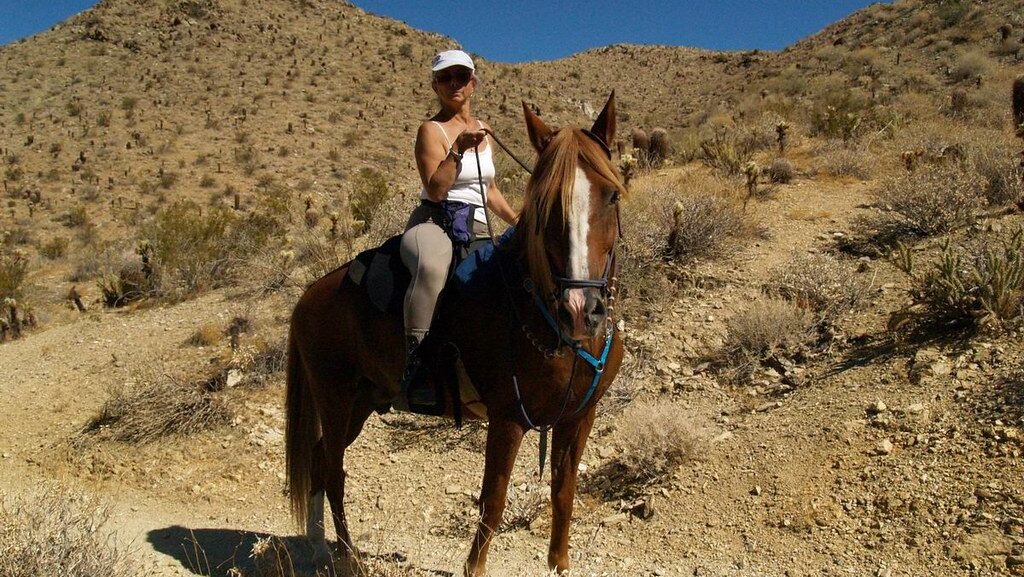
Training your horse to bow or lie down represents a significant achievement in horsemanship. These behaviors demonstrate the exceptional trust and communication you’ve developed with your equine partner. While the training process requires time, patience, and consistent effort, the results are truly rewarding—not just in the impressive nature of the tricks themselves, but in the deepened relationship they foster. Remember that each horse learns differently, and progress should always be measured against the individual’s starting point rather than external timelines. Whether your goals are performance-oriented or simply focused on enhancing your bond, these advanced behaviors offer a meaningful way to connect with your horse on a profound level.

